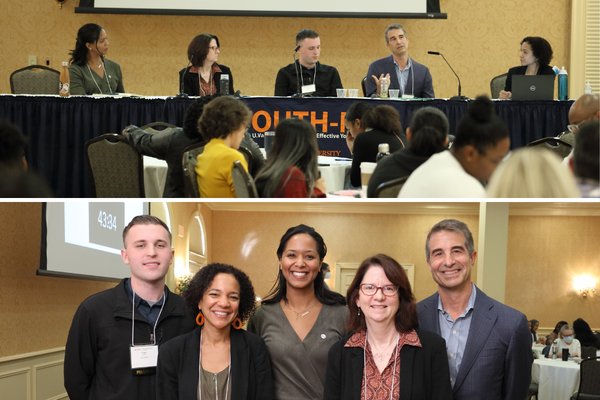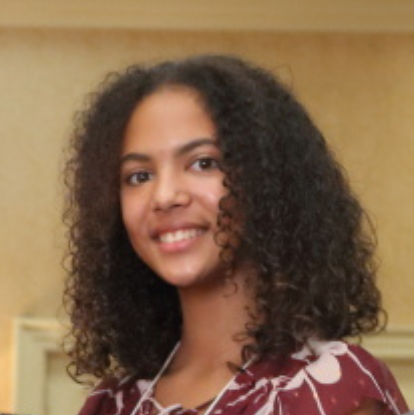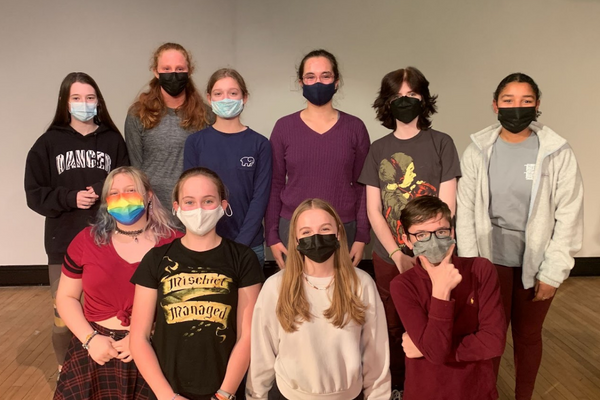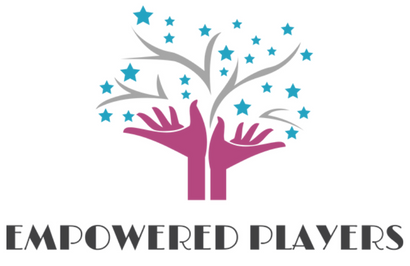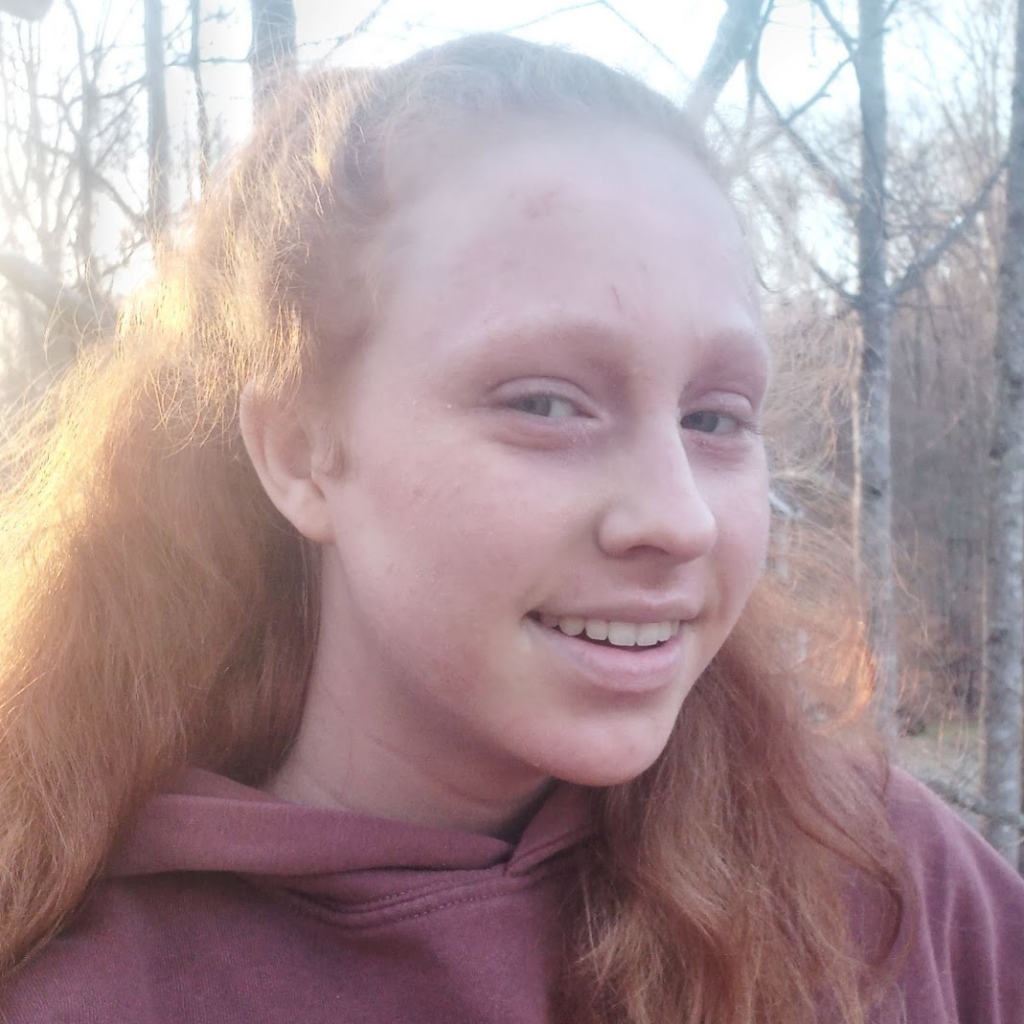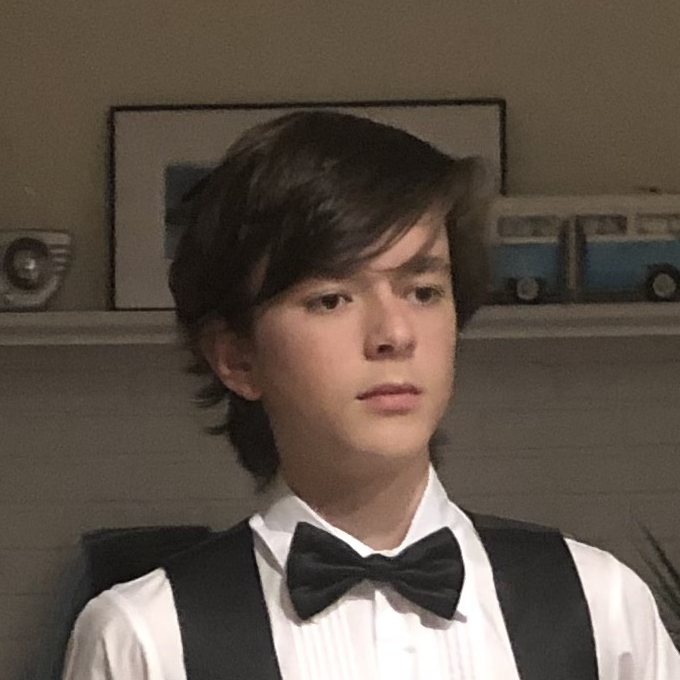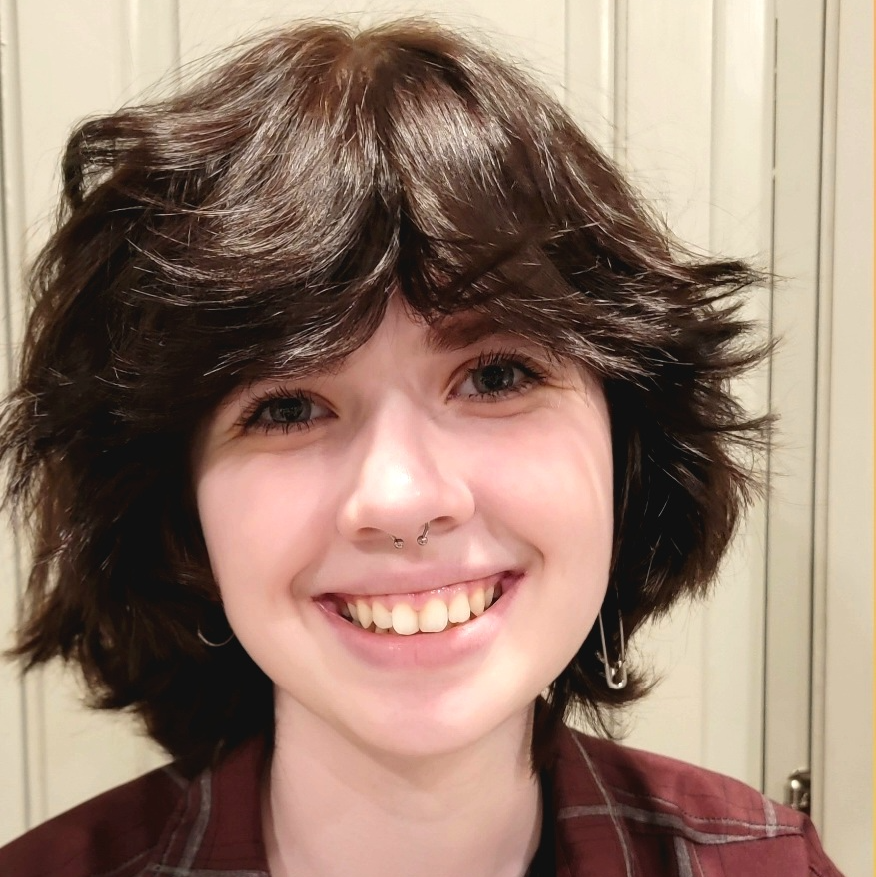This Q&A is the 1st publication is a YPAR series, which aims to explain participatory research, youth-led measurement and evaluation approaches, and strategies for youth-adult collaborations in YPAR. This Q&A was originally posted on the EHD website.

Shereen El Mallah, an assistant research professor with the UVA School of Education and Human Development’s Youth-Nex and CASTL research centers, argues it’s time to rethink how academics engage with the people affected by their research.
In a recent publication, El Mallah wrote about an approach called youth participatory research, the importance of engaging historically marginalized populations, and tips on how facilitate the adult-youth collaborative process.
El Mallah is interested in the intersection of applied science and social justice as both a scholar and activist, and regularly engages in research-practice partnerships intent on interrupting inequitable practices, policies, and research. We sat down with El Mallah to learn more about participatory research.
Q: What is participatory research?
A. Participatory research is an approach to research, rather than a single research method, that aims to co-create knowledge and solutions with individuals or communities directly affected most by the research issue. It draws on their “insider expertise” that can improve the rigor, relevance and reach of developmental science.
Those who were previously identified as “subjects” of the research are involved as partners in the process of inquiry. Together, researchers and their collaborators develop or shape the research questions, design the study and/or execute implementation.
Q: How does participatory research differ from traditional research approaches?
A. Participatory research often involves going beyond fact gathering and report writing to using local knowledge to guide and energize collective change in programs, organizations or communities. Participatory research is typically achieved through iterative cycles of inquiry and action, rather than a sequence of linear steps. It is also grounded in principles of equity, so it is oriented toward reducing hierarchical power dynamics between the researcher and researched. All of this moves us away from the longstanding assumption that only the researcher holds expert knowledge, which is embedded in more traditional research approaches.
There is growing consensus that existing measurement approaches in academic research have been found to reinforce stigma and sustain power imbalances. More specifically, many measures are White normative and adult centric meaning they are largely constructed through a narrow White adult lens, with the perspectives and real-life experiences of diverse and under-researched youth populations overlooked or undervalued. Moving towards culturally sensitive measures requires challenging generational and cultural notions of power and control—and participatory approaches are rooted in self-determination: The capacity of individuals and groups to chart their own courses.
Q: What are the benefits of participatory research?
A. Participatory research adds value for both academic and non-academic partners which can be seen at each phase of the research process—from identification of what to study, to enhancing the quality and validity of data collected, to ensuring more accurate interpretation and wider dissemination of results.
For example, when determining the purpose and scope of the research, there is consistent evidence demonstrating that “insider knowledge” helps researchers acknowledge and consider cultural assumptions and norms, the community’s history and context, and the reality of structural inequities. For non-academic partners, active participation in the early stages of the research process initiates ownership, empowerment and capacity-building.
As the research is being implemented, there are contextual advantages on both sides. Non-academic partners can help researchers develop more appropriate study designs and methods for the population and setting under study. This includes working together to determine which measurement tools should be used to gather information, how information should be shared in the community, and whose information needs to be prioritized. Take for instance a community that relies heavily on narrative and storytelling. Non-academic partners may recommend qualitative data collection rather than surveys. In return, academic partners offer specialized research knowledge, skills and experience that can help non-academic partners address concerns and engage in problem-solving they determine are important for their community.
Read more from the original Q&A.
Missed a post in the YPAR series? Check out all the tips and resources:
- The Benefits of Engaging in Participatory Approaches to Research
- Why Young Investigators Are Important
- Youth Voices in YPAR (includes youth)
- Strategies for the YPAR Collaboration Process (includes downloadable resources)
- How Can Youth Voice Amplify Research? Listening & Leadership Are Key
- 4 Universal Facilitation Tips for YPAR Collaboration
- Asset & Power Mapping as Tools for Youth-Led Research (includes downloadable resources)
- Why YPAR Matters: Youth Are “Looking at the World Differently” (includes youth)
If you have any comments or questions about this post, please email Youth-Nex@virginia.edu. Please visit the Youth-Nex Homepage for up to date information about the work happening at the center.
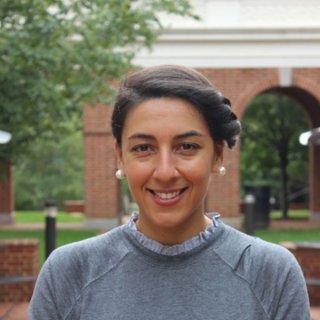
Author Bio: Dr. Shereen El Mallah is interested in the intersection of applied science and social justice. As a scholar-activist, her work draws heavily on rapid cycle evaluation, participatory approaches, design-based research, and the framework of QuantCrit to address three notable gaps: 1) The gap between what works in research and what works in practice, 2) The gap between valuing what we can measure and measuring what we value, 3) The racial/ethnic and socioeconomic gaps in developmental and educational outcomes that are rooted in longstanding structural and systemic inequities. El Mallah regularly engages in research-practice partnerships intent on interrupting inequitable practices, policies, and research, as well as explores communication and dissemination strategies that facilitate the use of evidence. She is committed to working with and for underrepresented, marginalized, or systematically minoritized groups to leverage both quantitative and qualitative data in challenging dominant narratives.
